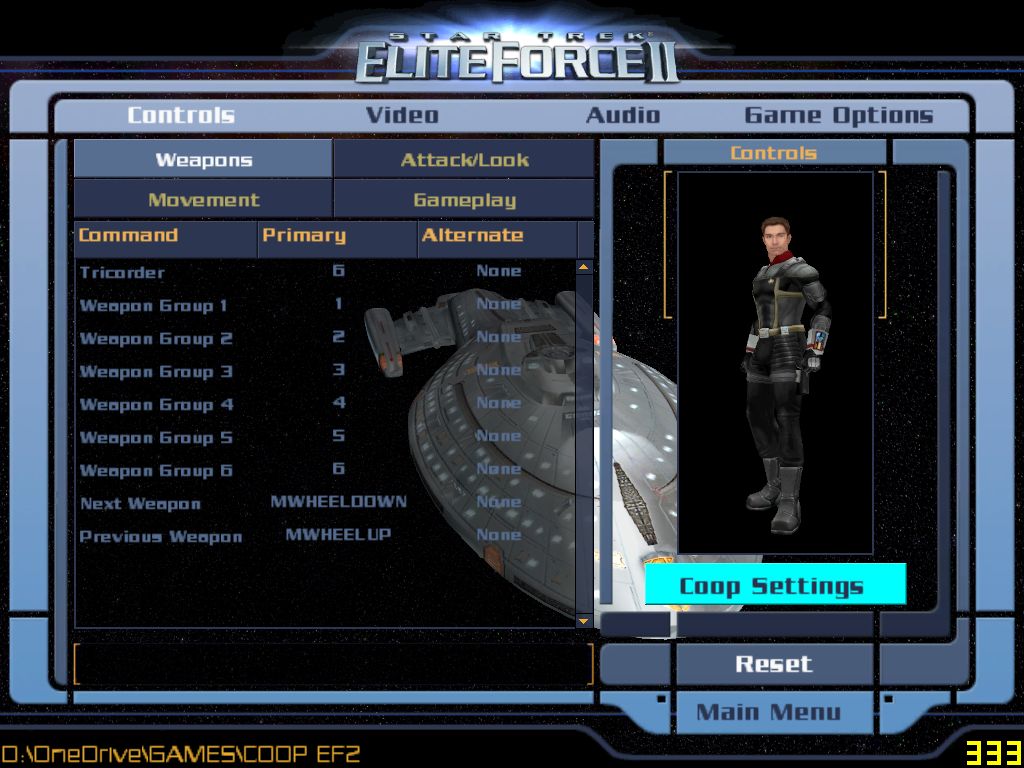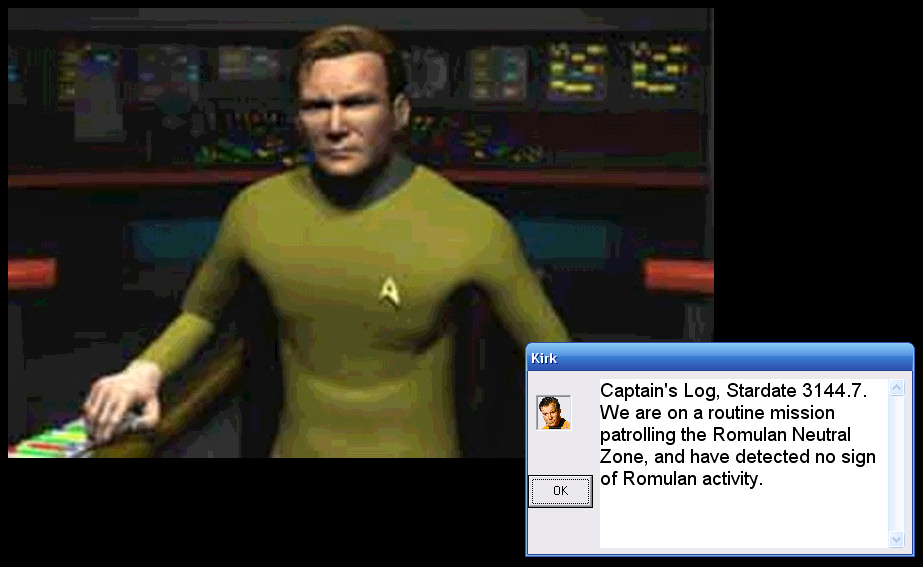
The brand and VR go hand in hand together. I couldn’t think of a better example of a crew-based experience. They sent me a deck of movies coming up and so on, and Star Trek was in there. And then I was talking to the Ubisoft licensing folks. A couple of designers, Hunter Janes and Chris Curry at Red Storm, pitched me on a crew-based idea. GamesBeat: When did the Star Trek idea intersect with the gameplay prototype? That’s why we went for that angle, at least with this game. Ultimately the gameplay is about operating your station and acting as a crew together. That was another good reason to keep it seated. But second, when you’re talking about shipping multiplatform VR, not all of them support a room-scale experience. One, we would have to put gameplay at the stations on the back wall, so the game would have needed a bigger scope. Votypka: Certainly people talk to us about how they’d like to get up and walk around the bridge. Did you think about going for a more active game at any point, something with more movement around? GamesBeat: Sitting down was a bit strange. But you might still have fun pickup matches with strangers you meet online. Star Trek we designed for one to four players, so you can play by yourself or with just one friend and two NPCs. For Werewolves you need at least five people to play. Also, strangers have a great time playing together, which was a huge question mark when we designed the game. It’s friendly right now, which is interesting. That gave us confidence about how long a Star Trek mission could be before people needed a break.Īnother thing we see in Werewolves Within is that the community is super positive. But we see people playing Werewolves Within for hours. At the beginning of VR, there was talk about how experiences should be maybe 10 or 15 minutes, and after that people need a break. Votypka: One example, when Werewolves launched, one thing we found is the amount of time people spent playing and being in VR was much higher than most people expected. Did you pull anything from earlier VR projects that you learned? GamesBeat: This is landing after Werewolves Within and Eagle Flight. That’s where we started thinking about building games around the social presence VR brings. It’s much different from an animated avatar. We thought, “Wow, it feels like another person is there.” The movement is real. We took one of those prototypes and adapted it to VR and sat across the table from each other. We’d been doing some online multiplayer work around deepening social interactions outside of VR at Red Storm. He said there are still a lot of open questions about VR, but one thing he was certain of is that it will be our most social medium ever. But Michael Abrash from Oculus, he gave a speech at Carnegie Mellon. I saw a couple-there are some crew-based games out there.


All those years I was thinking about VR, one thing I didn’t think about at all was the idea of social VR. GamesBeat: Sitting down with a group of four people doesn’t seem like it would be the first idea that pops into your head for VR.

The development started a bit more into 2015. We started that thinking as early as the end of 2014. It was a long process of prototyping and exploring and pitching the projects. That’s when the ideas for both Werewolves Within and Star Trek Bridge Crew got started. I was working in games, and when it came back I talked to Ubisoft and Red Storm, threw some ideas out there.

GamesBeat: How far back did you start on this project, and thinking about VR in general?ĭavid Votypka: For me personally, I started thinking about VR maybe 20 years ago.


 0 kommentar(er)
0 kommentar(er)
